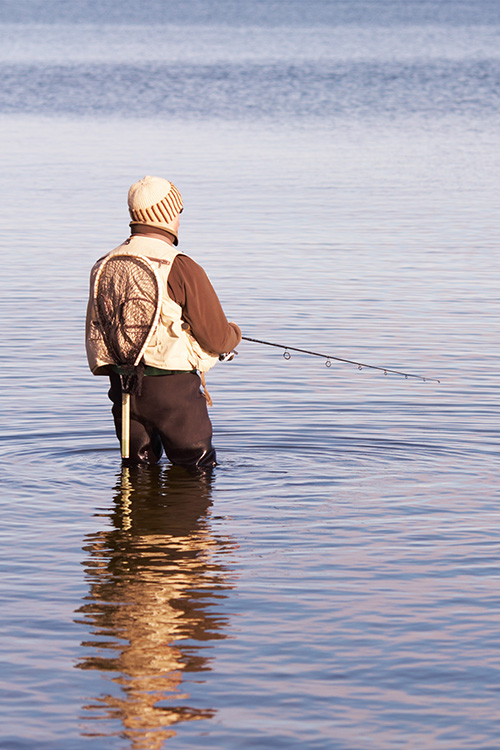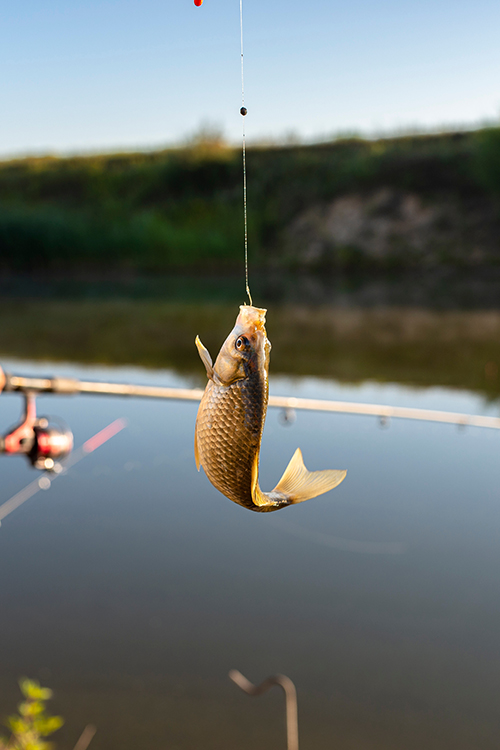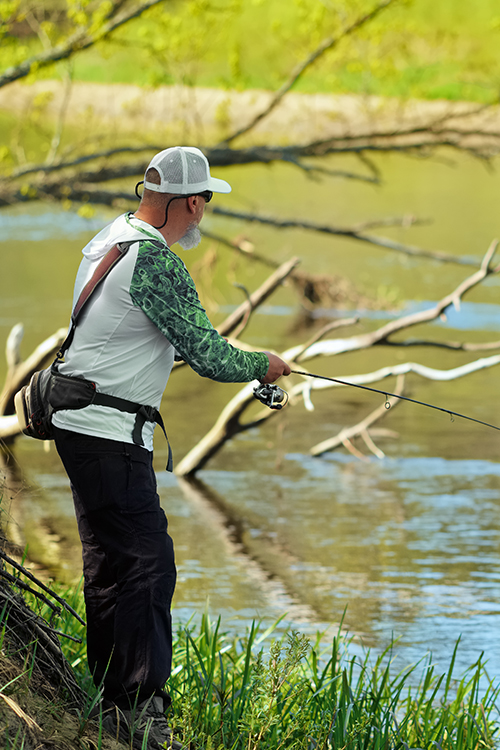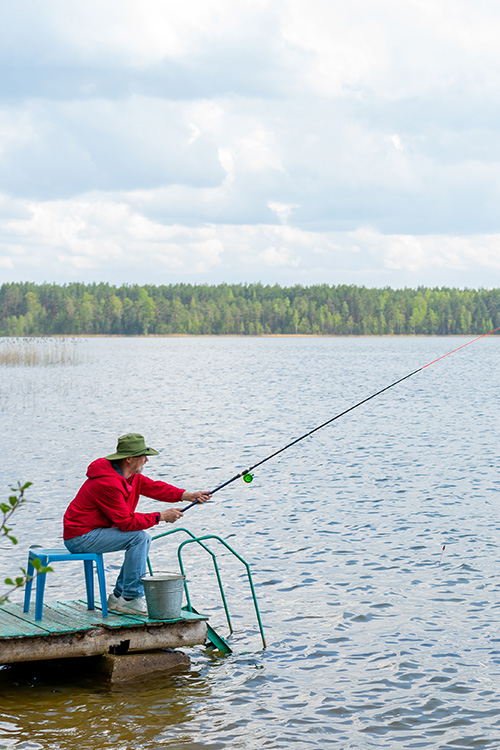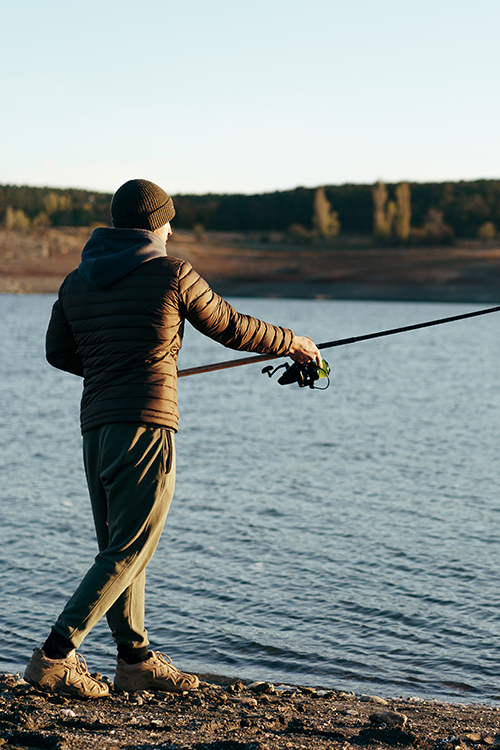Fishing isn't just about casting a line and hoping for the best. It's a skill that hinges on reading the water, understanding fish behavior, and adapting to changing conditions. Anglers rely on an arsenal of strategies, such as targeting structure, matching hatches, adjusting depth, and selecting the proper presentation. Spring, in particular, throws a wrench in the works. As snow melts and spring runoff surges through rivers and creeks, water levels spike, flows intensify, and clarity drops. So, how do spring high water conditions affect fishing strategies for trout and smallies?
When the River Rises, the Rules Change
Spring floods rivers with energy. Snowmelt, heavy rains, and runoff from thawed ground fill creeks, and rivers beyond their normal flow. High flows turn quiet runs into torrents and muddy water into a turbid mess. In these conditions, trout and smallies don’t behave like they do in summer or low water.
The water’s surface may churn with whitecaps, but underneath lies a story of instinct and adaptation. Rising water brings more food but also more danger. Fast water pushes fish out of their usual lies. They shift to slower water, deeper pools, and side channels where they can rest, feed, and avoid being swept away.
The water’s surface may churn with whitecaps, but underneath lies a story of instinct and adaptation. Rising water brings more food but also more danger. Fast water pushes fish out of their usual lies. They shift to slower water, deeper pools, and side channels where they can rest, feed, and avoid being swept away.
Find the Soft Edges & Predictable Places
When the river swells, don’t chase fish through the rapids. Instead, target areas of slower water, like eddies, backwaters, flooded banks, or even small creeks that feed into the main flow. These spots act like safe harbors during stormy seasons. Smallies and trout tend to congregate in these predictable locations to conserve energy and ambush bait carried downstream by the current.
